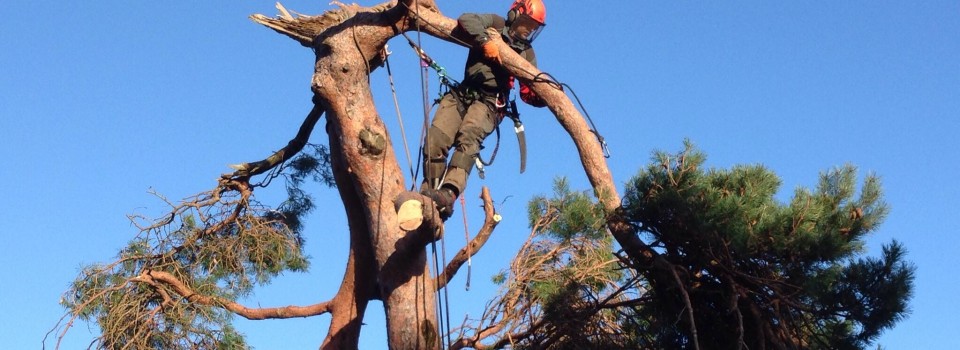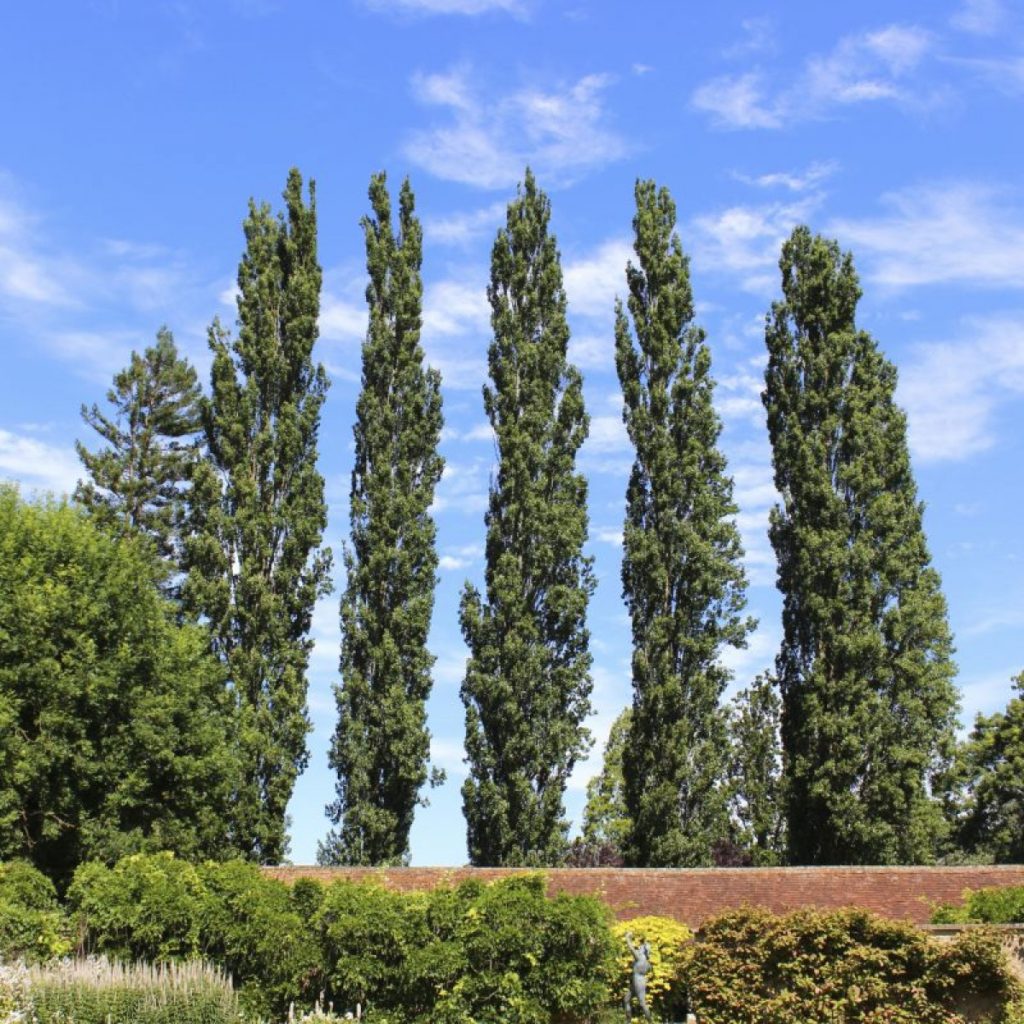It’s known that storms and trees do not mix well and with Storm Ciara bringing in winds of over 90 mph, already we are seeing many fallen trees, some of which could have have to fatalities.
Late last week there was a report of a large tree falling on someone’s house, destroying most of the roof along with it. Luckily no one was hurt, but we need to be extra vigilant when it comes to taking precautions during these weather conditions. We will cover some of the ways to spot whether a tree is at risk below but if in doubt, or if you need help, contact one of our North West based tree surgeons on 0161 338 4455.
Spotting if a Tree is at Risk of Falling
It may sound obvious, but the most telling sign is if your tree is swaying a lot in the wind. If this is the case, some branches may have already snapped off. If the tree seems to be leaning in the direction of your property, it’s best to have it looked at right away, otherwise keep a close eye on it and consider removing some of the branches to relieve some of the pressure on the trunk.

The next thing to keep an eye out for is flooding, as root systems that are water-logged are at risk due to the water loosening or even removing the soil that supports the root system. This is why you will often see trees that have toppled over by rivers or water banks.
If a tree has died it’s also much more likely to fall, as the roots are no longer producing the energy to hold the tree in place. Most dead trees on people’s land are felled but if you’re in national parks or forests there could be a few around, so make sure you take extra care.
Why do Trees Fall?
Whilst some trees can be more susceptible to falling due to issues such as fungal decay in the roots, any tree can fall regardless of its age or health condition.
It’s due to what is known as ‘windthrow’, where strong winds put a significant amount of force on the upper section of the tree, with the trunk acting as a lever. For this reason taller trees are much more likely to fall, as the force applied to the trunk and roots increases with height.
Preventing Your Trees From Falling
Whilst trees can still fall regardless of whether you put measures in place to prevent it, it’s best to act quickly if you want to reduce the risks. We recommend pruning or trimming the trees right back so there is less pressure on the trunk and less weight overall – that way you still have a healthy tree which will flourish again when the warmer weather hits.
Some trees however can be so much of a risk that they need to be felled, especially if the tree is close to a building or an area where it’s at risk of falling on someone.

During storms or bad weather conditions it’s also important to take extra care when out and about. Many parks have been closed over the weekend in order to reduce injuries that can be sustained from falling branches. There have also been reports of a man who died after a tree fell on his car on Sunday, so make sure you keep an eye on the trees around you no matter where you are.
As well as taking measures to protect yourself, and your tree, during a storm here is a post on other reasons why you should cut down a tree.

